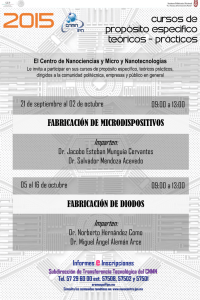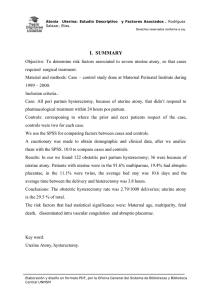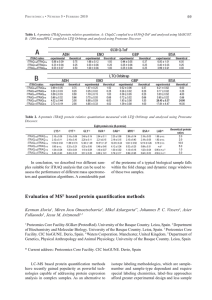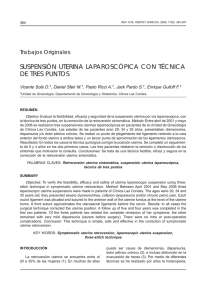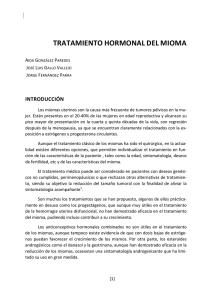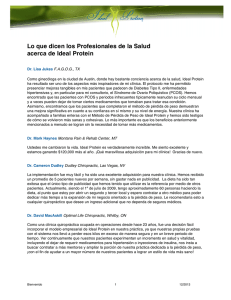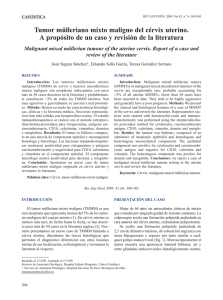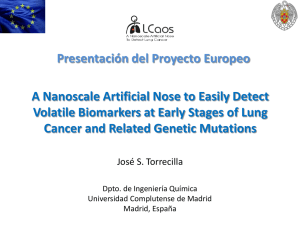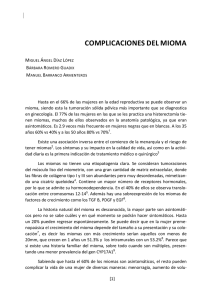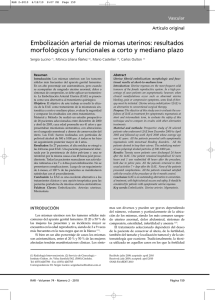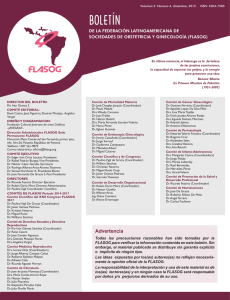03.120.pdf
Anuncio
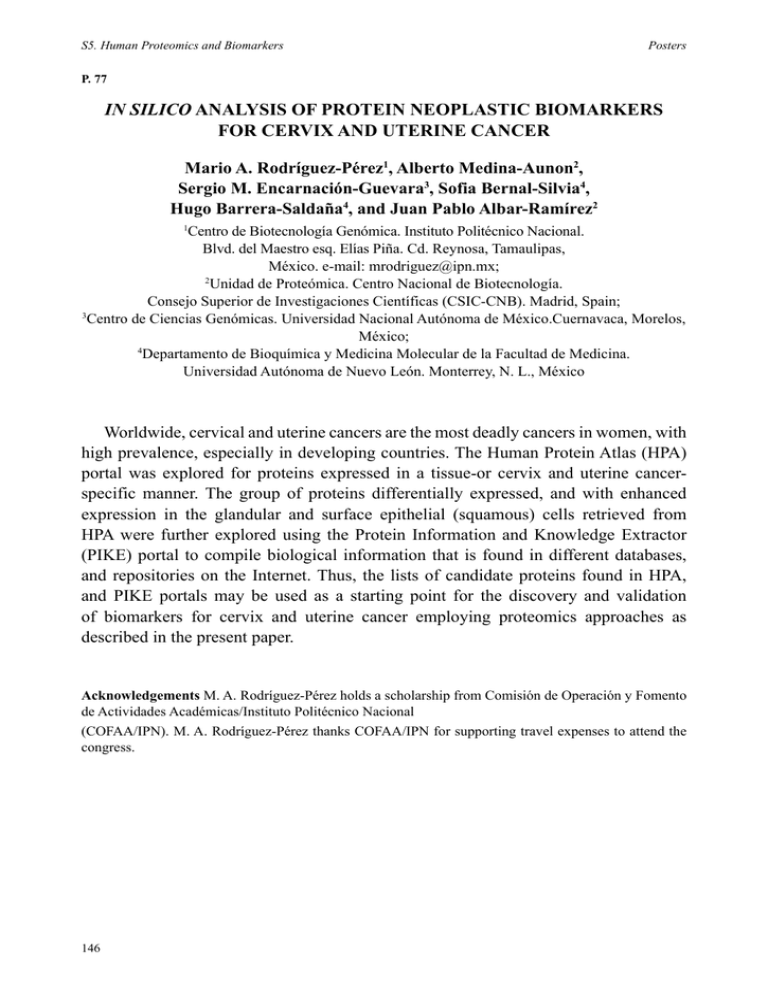
S5. Human Proteomics and Biomarkers Posters P. 77 In silico analysis of protein neoplastic biomarkers for cervix and uterine cancer Mario A. Rodríguez-Pérez1, Alberto Medina-Aunon2, Sergio M. Encarnación-Guevara3, Sofia Bernal-Silvia4, Hugo Barrera-Saldaña4, and Juan Pablo Albar-Ramírez2 Centro de Biotecnología Genómica. Instituto Politécnico Nacional. Blvd. del Maestro esq. Elías Piña. Cd. Reynosa, Tamaulipas, México. e-mail: mrodriguez@ipn.mx; 2 Unidad de Proteómica. Centro Nacional de Biotecnología. Consejo Superior de Investigaciones Científicas (CSIC-CNB). Madrid, Spain; 3 Centro de Ciencias Genómicas. Universidad Nacional Autónoma de México.Cuernavaca, Morelos, México; 4 Departamento de Bioquímica y Medicina Molecular de la Facultad de Medicina. Universidad Autónoma de Nuevo León. Monterrey, N. L., México 1 Worldwide, cervical and uterine cancers are the most deadly cancers in women, with high prevalence, especially in developing countries. The Human Protein Atlas (HPA) portal was explored for proteins expressed in a tissue-or cervix and uterine cancerspecific manner. The group of proteins differentially expressed, and with enhanced expression in the glandular and surface epithelial (squamous) cells retrieved from HPA were further explored using the Protein Information and Knowledge Extractor (PIKE) portal to compile biological information that is found in different databases, and repositories on the Internet. Thus, the lists of candidate proteins found in HPA, and PIKE portals may be used as a starting point for the discovery and validation of biomarkers for cervix and uterine cancer employing proteomics approaches as described in the present paper. Acknowledgements M. A. Rodríguez-Pérez holds a scholarship from Comisión de Operación y Fomento de Actividades Académicas/Instituto Politécnico Nacional (COFAA/IPN). M. A. Rodríguez-Pérez thanks COFAA/IPN for supporting travel expenses to attend the congress. 146

